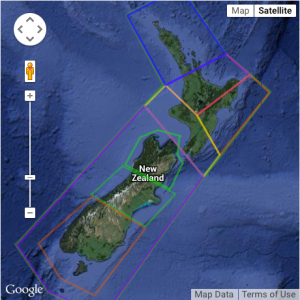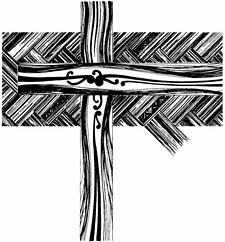Established in 1857 and formerly known as the Church of the Province of New Zealand, the Anglican Church in Aotearoa, New Zealand and Polynesia is the Anglican Church in New Zealand, Fiji, Tonga, Samoa, and the Cook Islands. It is different from any other Anglican church in the Anglican Communion in that it is a church organized to represent three cultural streams or tikanga. The church in its present form was the result of work on a new constitution for the church which began in the mid 1980s and was formally adopted in 1992. The impetus for the reformation of the church was the re-examination of the Treaty of Waitangi which had been signed by the indigenous Maori tribes of New Zealand and the British Crown in 1840 and allowed the Crown jurisdiction to rule New Zealand. Unfortunately, the English and the Maori versions of the treaty were different with the Maori having greater expectations of the provisions of the treaty than the British were prepared to honor.

A result of representing these three cultural streams is that in New Zealand there are overlapping episcopal jurisdictions for the Maori and the non-Maori populations. New Zealand proper is two large islands, named North and South, respectively. The Anglican Church in New Zealand, representing the non-Maori population, is divided into 7 dioceses; four on the North Island and three on the South Island. Te Pihopatanga o Aotearoa is the Anglican church serving the indigenous Maori people of New Zealand and is comprised of 5 hui amorangi/dioceses; four on the North Island and one covering the entire South Island. The third stream is comprised of the Diocese of Polynesia which consists of Fiji, Tonga, Samoa, and the Cook Islands. The Anglican Church in Polynesia is served by a bishop diocesan and three bishops suffragan.
The Church is one body under one head, Jesus Christ. The three tikanga structure of the General Synod/te Hinota Whanui is intended to serve the unity of Christian mission in our part of the world.
The Anglican Church in Aotearoa, New Zealand and Polynesia has three co-archbishops/primates which together lead the church, one of which is designated as the primate to represent the church in the Anglican Communion. The current archbishops are: the Most Revd William Brown Turie (Primate), Aotearoa; the Most Revd Philip Richardson, New Zealand and the Most Revd Halapua, Polynesia.
The primary decision making body of the Anglican Church in Aotearoa, New Zealand and Polynesia is the General Synod/te Hinota Whanui which meets every two years. The synod is hosted by each of the tikanga on a rotation basis. The most recent was held in Waitangi, 10-15 MAY 2014 in the Diocese of Auckland on the North Island. The synod recognizes three orders of shared leadership; bishops, clergy and laity. The synod is also organized by the three cultural streams with three co-equal presidents conducting the synod. Each of the seven dioceses of New Zealand, the five dioceses of Aotearoa and the Diocese of Polynesia send delegates representing the bishops, clergy and laity of their respective jurisdictions. Whereas, prior to the 1992 constitution the church used Westminster parliamentary procedure, the post 1992 church tries, whenever possible, to agree by consensus. To pass a measure in the New Zealand synod the matter must be agreed to by all three orders; bishops, clergy and laity, in all three tikanga; New Zealand, Aotearoa and Polynesia. When there is disagreement regarding legislation, rather than force a vote, the synod caucuses as the three tikanga and strive to reach mutually accepted consensus.
Information for this story was gleaned from Wikipedia, the Anglican Church in Aotearoa, New Zealand and Polynesia website, the Anglican Communion website and anglicantaonga.org.nz
Posted by David Allen

